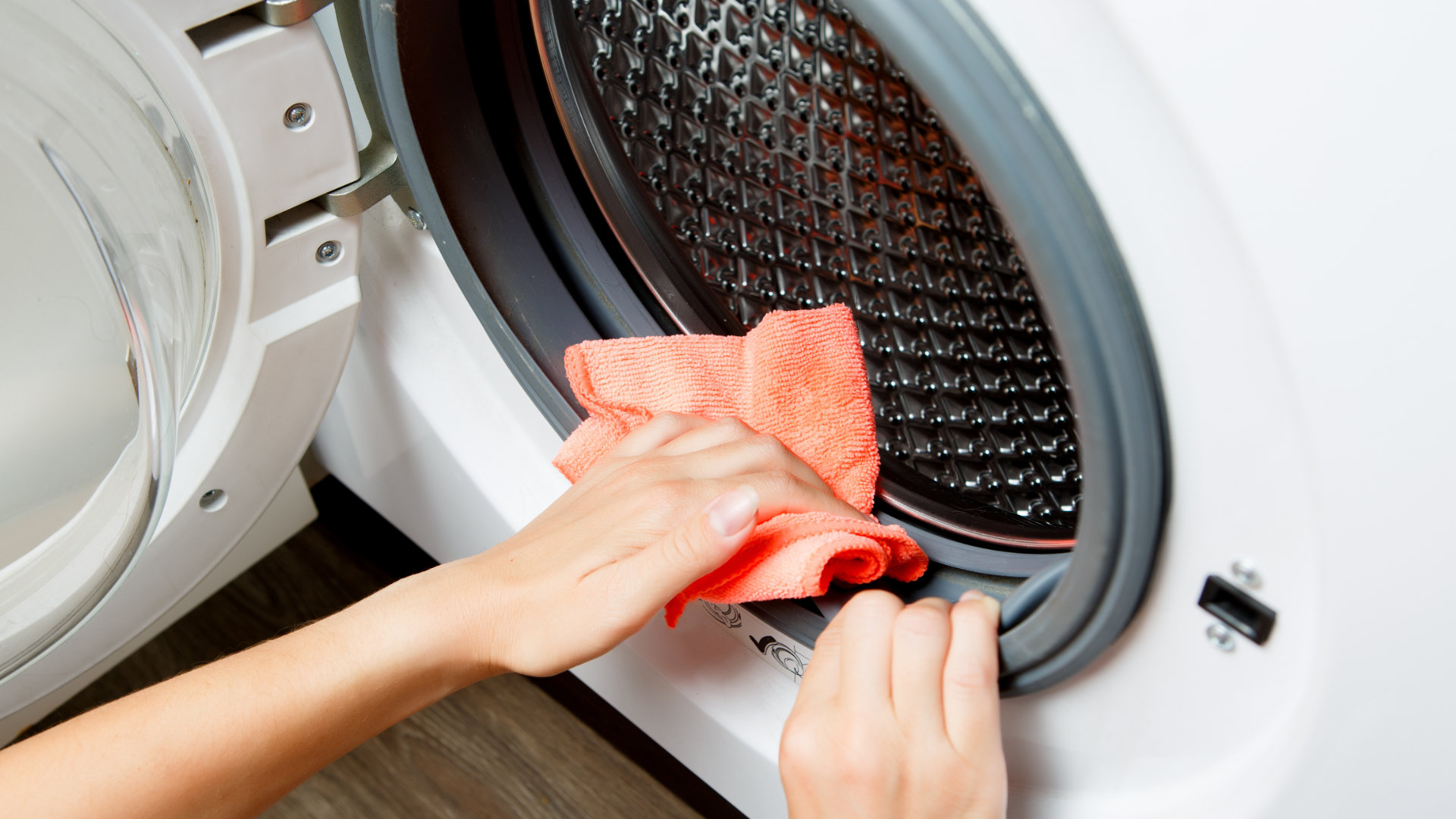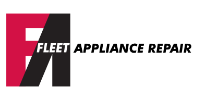
While your washer isn’t going to live forever, every appliance has the potential of reaching its maximum lifespan with diligent maintenance done to it. However, engaging in regular appliance maintenance is not only going to help your washer stay running longer, but it will help make repairs more few and far in between over that span as well.
Unfortunately, washers aren’t something that has immediately noticeable issues that maintenance needs to address. Appliance owners may not know exactly where to start when it comes to maintaining a washer, but there are a handful of small things you can do.
Inspect The Hoses
Most will wait for a washer leak to manifest before they even take a glance at the hoses. However, you can catch water leaks before they even start by regularly taking a look at the hoses. Look for build-up around the inlets as well as check the hoses for brittle areas and make sure they are not twisted up or kinked. If you spot any cracks or bulges, it is important that the hoses are replaced before you have to clean up a puddle. Ideally, this should be done monthly, but hose damage can be sparse if you don’t move your washer around too much. So at least every year is good enough for this maintenance task.
Clean The Interior of the Washer
If you have a more modern washer, you may notice that it has its own setting to clean the washer right on the load setting dial. In this setting, you can use professional products like Affresh to keep the interior tub clean and mold-free. However, if your washer does not a maintenance wash setting, the rule of thumb is to run the longest wash on the hottest water setting. If you do not want to use a product like Affresh, white vinegar can be just as effective at removing detergent build-up and cleaning any mold that has grown on the interior of the tub. If you do have mold growth, though, you will need to wipe it off before running a clean cycle to ensure it gets thoroughly cleaned away.
Clean the Dispensers
While appliance owners might remember to clean the washer tub every few months when it gets a bit funky, not everyone remembers to give the same due diligence to the detergent dispensers. Unfortunately, the combination of sticky detergent (although fabric softener is typically the biggest culprit) and water is the perfect recipe for mold or that awkward pink slime mold to grow.
Some models may allow you to pull the dispenser out in order to scrub and soak it by just disengaging a clip that prevents over the opening. If your washer does not feature such a detergent dispenser or you do not want to remove it, you can clean it the same way you clean your interior. Filling both the detergent alcove and the fabric softener alcove with white vinegar before running an empty wash can see these cleaned up nicely. However, if you have mold already visibly growing, you will need to scrub it off. Unlike the interior of the washer, there is no motion that serves to scrub in the detergent dispenser. As such, already formed mold will likely just stick in there even after washing.
Wipe Down the Door and Gasket
Front-load washers can be highly efficient in both energy and water use. Unfortunately, they have a unique problem. The gasket and door are prone to holding moisture. This is why you should, at very least, leave the door open to your washer after the wash for it to dry out. Ideally, you will want to take the time to wipe down the door and gasket to sop up the extra moisture after every load. If the gasket does start to grow mold or form black spots, you will want to scrub it down with white vinegar. However, you will want to be careful not to damage the gasket when you do this. If the black spots can no longer be removed, it is time to replace the gasket as the problem is just going to be exponential.
Use the Washing Machine Properly
One of the easiest maintenance tasks for your washer is using it appropriately in the first place. So many people go pretty hard on their washer and this leads to damage over time as well as probably a few ruined clothes. Tips for using your washer correctly include:
- Using the right type of detergent
- Using the right amount of detergent
- Not overloading the washer
- Not putting hard items, like shoes, in the washer
By taking the time to make sure you are using the right detergent for your machine as well as the proper amount, you cut down on the overall build up in your washer. If you do end up with a substantial build-up of detergent in your washer, a quick wash with white vinegar will cut through the excess and rinse it out. This means you need to clean it less. By not overloading it or putting in odd items, this protects your washer from excess wear. If you routinely overload a washer, that is putting constant extra stress on the working parts. This means more repairs and more frequently.
Recognize and Repair Problems Early
Do you notice a little squeak in your washer as it turns? Is your washer leaning a little forward? Does it vibrate more than it used to? These can all be problems, but they can be problems that are quite easy to ignore. However, any problem with your appliance isn’t going to get better on its own. It will just get worse. For example, a little squeak caused by a loose belt can easily turn into a non-turning washer as the belt completely slides off.
Even if you don’t know how to repair your washer, if you do notice something out of the normal, you will want to call a repair service as soon as possible. More major repairs will take longer and cost you more.

Your Guide to Whirlpool Microwave Replacement Parts

What to Do When Your Kenmore Dryer Won’t Start

How to Resolve the LG Washer LE Error Code

Why Does My Oven Smell Like Gas? Causes and What to Do

Maytag Dryer Not Heating? Here’s How to Fix It

6 Common Reasons Your Speed Queen Dryer Isn’t Heating

8 Reasons Your Samsung Refrigerator Is Not Cooling

9 Most Reliable Washer and Dryer Brands

How to Get Ink out of Your Dryer the Easy Way

Why Is My Fridge Making Noise That Stops When the Door Is Open?

Frigidaire Refrigerator Error Code H1: Causes & Solutions

How to Clean a Dryer Vent Without Moving the Dryer

9 Reasons Your LG Refrigerator Isn’t Cooling

LG Refrigerator Not Making Ice? Here’s What To Do!


